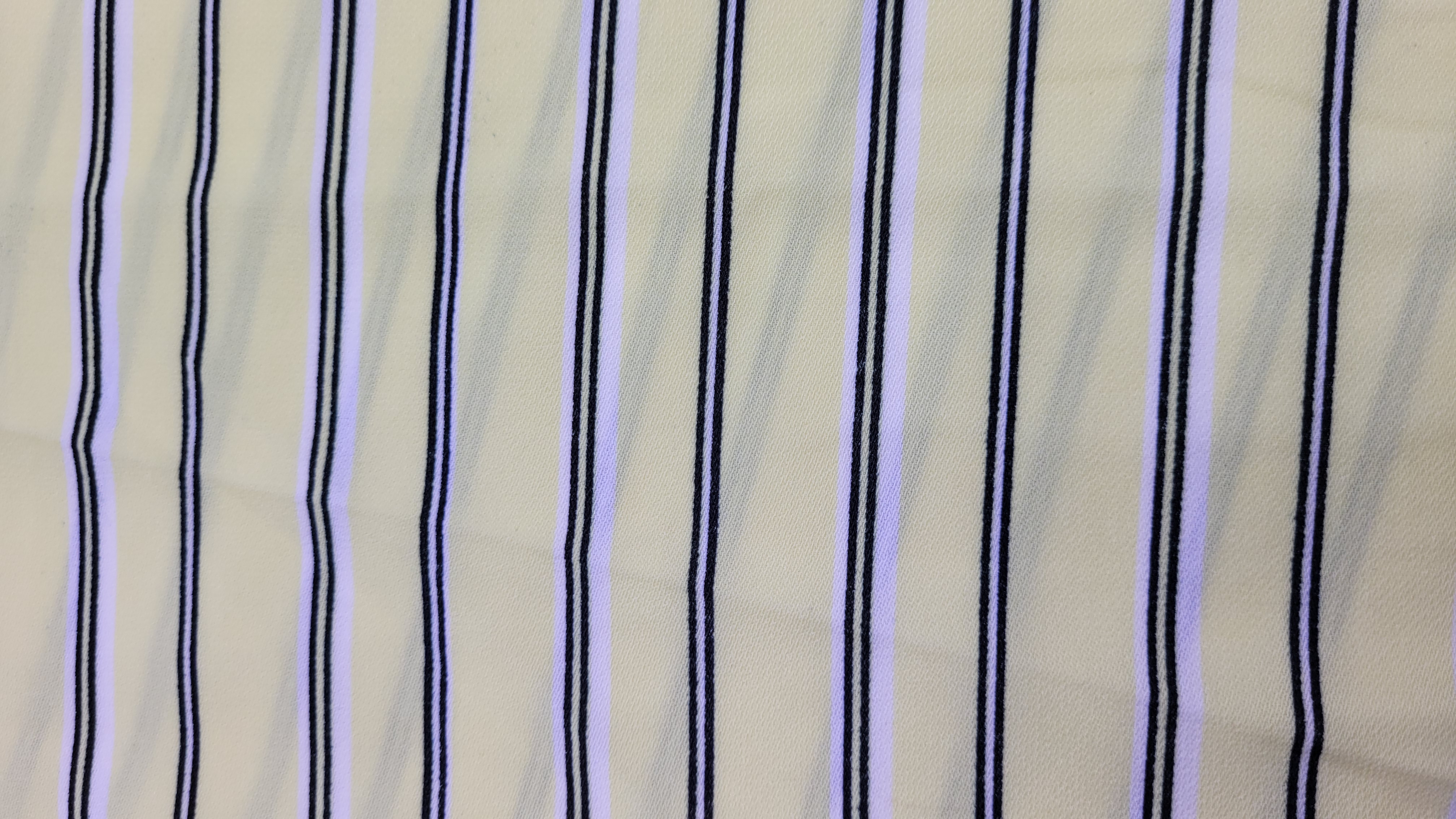
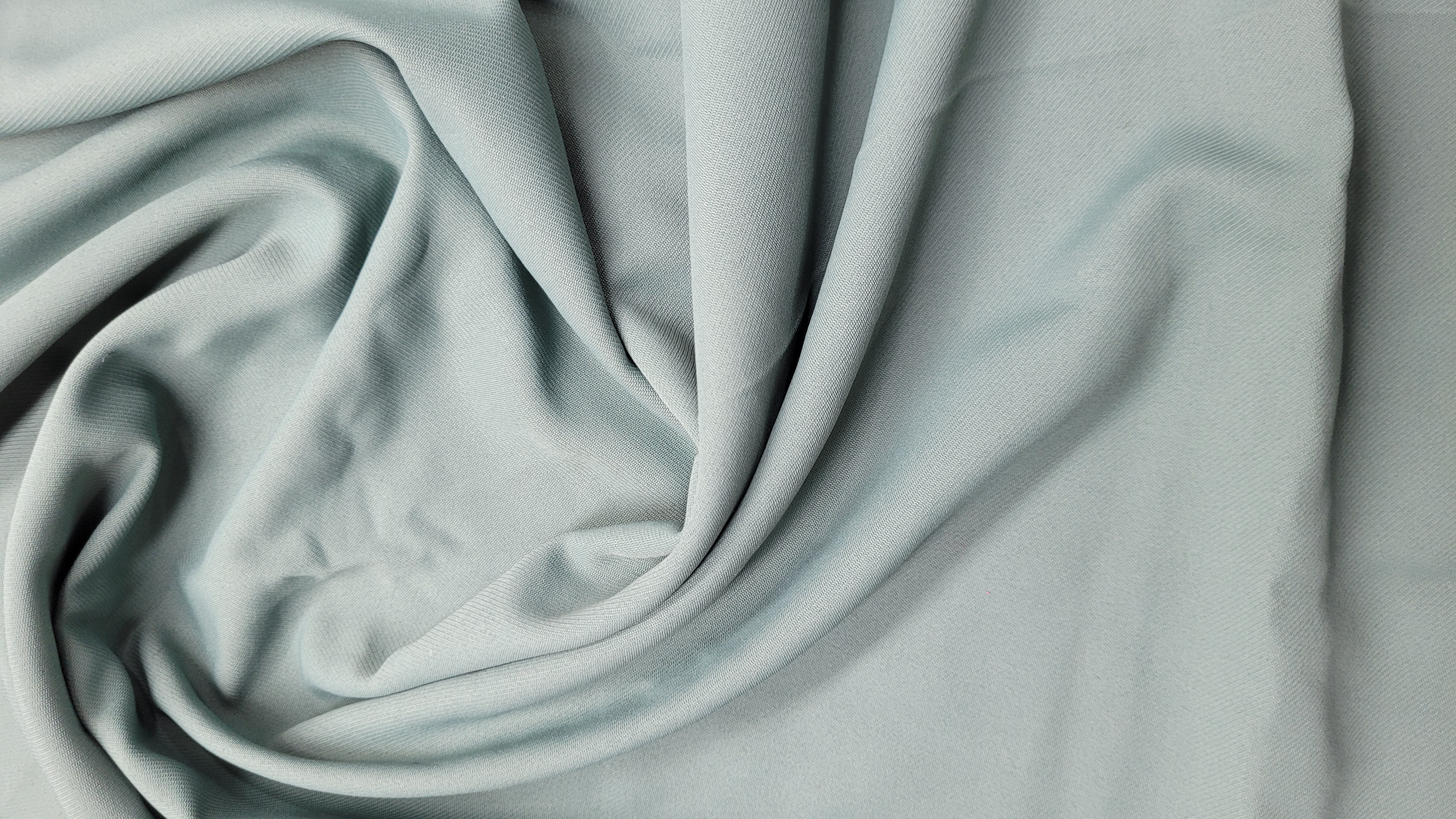
.jpg)


.jpg)

| Content | 100% POLYESTER |
| Count | 110D X 110D |
| Construction | 150 X 90 |
| Fabric Structure | PLAIN |
| Finish | PIGMENT – NORMAL |
| GSM | 130 |
| Width | 54 inch |

| Content | 100% POLYESTER |
| Count | 180D X 180D |
| Construction | 180 X 90 |
| Fabric Structure | PLAIN |
| Finish | PIGMENT – NORMAL |
| GSM | 200 |
| Width | 54 inch |
.jpg)
| Content | 100% POLYESTER |
| Count | 60D X 60D |
| Construction | 210 X 90 |
| Fabric Structure | PLAIN |
| Finish | PIGMENT – NORMAL |
| GSM | 78 |
| Width | 54 inch |
In a twill weave, each weft or filling yarn floats across the warp yarns in a progression of interlacings to the right or left, forming a pattern of distinct diagonal lines. This diagonal pattern is also known as a wale. A float is the portion of a yarn that crosses over two or more perpendicular yarns. A twill weave requires three or more harnesses, depending on its complexity and is the second most basic weave that can be made on a fairly simple loom. Twill weave is often designated as a fraction, such as 2⁄1, in which the numerator indicates the number of harnesses that are raised (and thus threads crossed: in this example, two), and the denominator indicates the number of harnesses that are lowered when a filling yarn is inserted (in this example, one). The fraction 2⁄1 is read as "two up, one down" (the fraction for plain weave is 1⁄1.). The minimum number of harnesses needed to produce a twill can be determined by totaling the numbers in the fraction; for the example described, the number of harnesses is three. Twill weave can be identified by its diagonal lines.


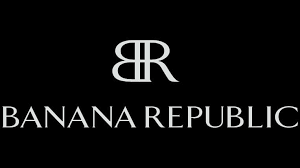





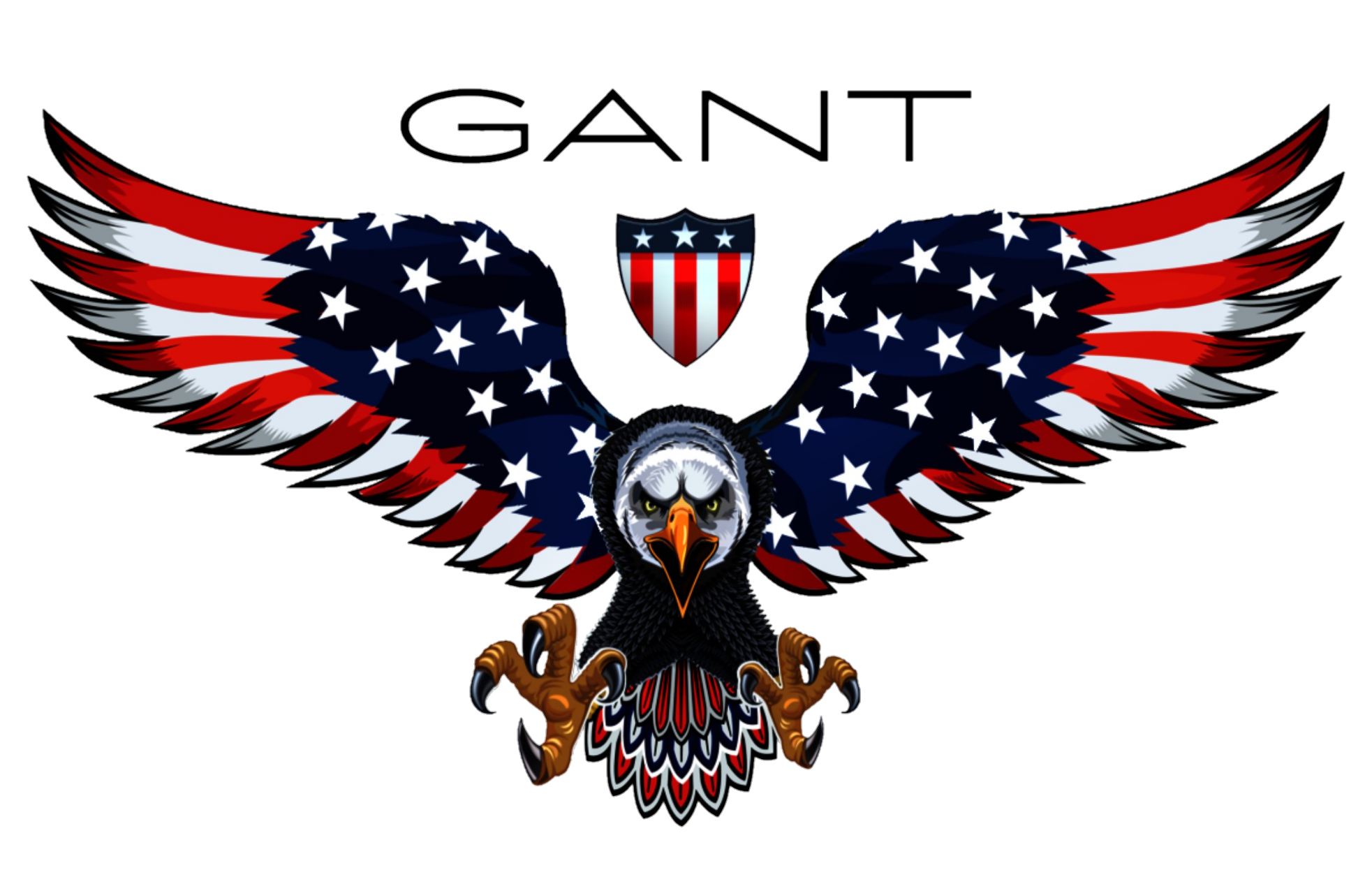

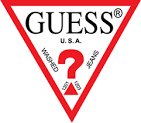




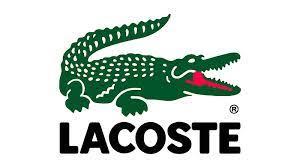











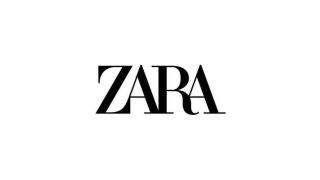
© Copyright 2023 Company Name. All rights reserved.